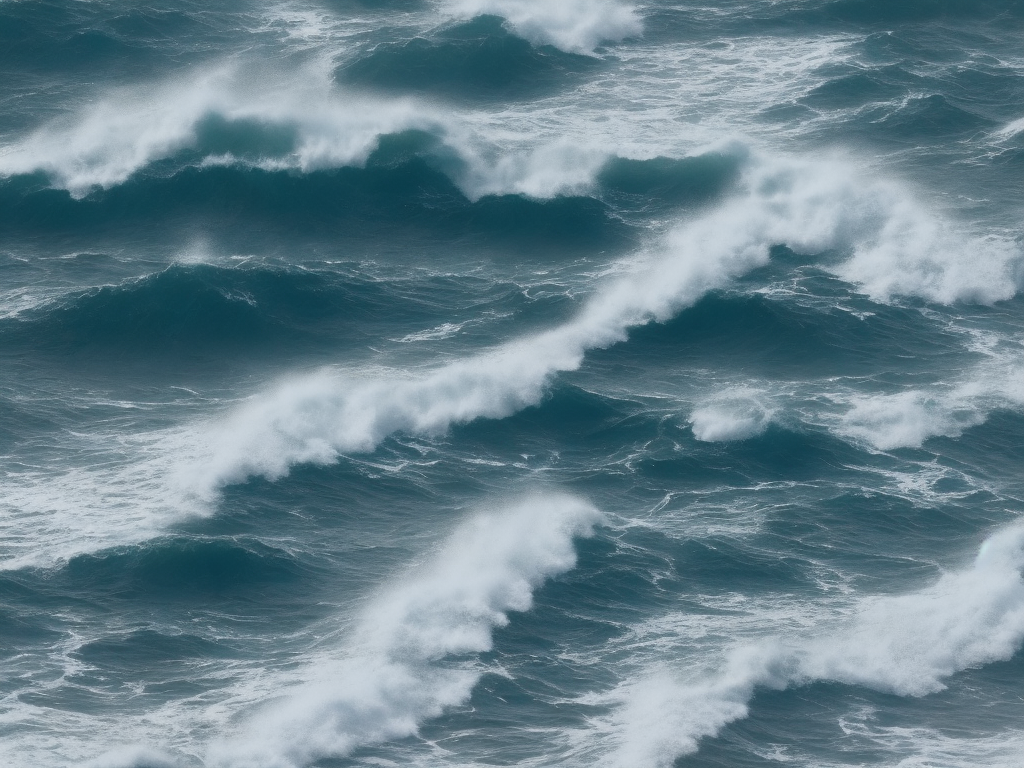
The terms sea and ocean are often used interchangeably, but they refer to different bodies of water. While both are vast bodies of saltwater located on Earth, there are some distinct differences between them. These differences vary from their size and location to their marine life and other properties. Understanding the difference between sea and ocean can better inform us about the importance of these bodies of water and how they affect our planet and its inhabitants.
Size
One of the most evident differences between sea and ocean is their size. Oceans are the largest bodies of water on Earth, covering more than 70% of its surface. They are typically measured in units of millions of square kilometers. There are five oceans on Earth - the Atlantic, the Arctic, the Indian, the Southern, and the Pacific. The Pacific Ocean is the largest among them, covering an area of more than 60 million square miles.
Seas, on the other hand, are smaller and less expansive than oceans. They are typically measured in units of hundreds of thousands of square kilometers. Seas are usually enclosed by land on most sides, and they are connected to oceans through narrow waterways or straits. Some examples of seas include the Mediterranean Sea, the Baltic Sea, and the Red Sea. Additionally, seas are often connected to each other, forming a vast interconnected network of water bodies.
Location
An essential distinction between sea and ocean is their location. Ocean water circulates around the world in a particular pattern, driven by ocean currents and wind conditions. They span across the entire globe, and oceans' waters influence the planet's climate and weather conditions.
Seas, on the other hand, are often found along coasts or enclosed by land. They are usually situated close to land masses and are not as vast as oceans. Seas are often influenced by the land that encloses them, and their water conditions are usually impacted by nearby weather and climate patterns. Seas serve as primary areas for fishing and other economic activities, and their proximity to land also makes them ideal for shipping routes.
Marine Life
When discussing the difference between sea and ocean, it is essential to understand their marine life. Oceans are home to many diverse and novel marine habitats that support thousands of species of marine plants, animals, and microorganisms. For example, coral reefs are found in oceans and are critical ecosystems supporting numerous marine species. Oceans also host migratory marine life, such as whales and sea turtles, that cross vast distances in search of feeding and breeding grounds.
Seas are also home to a variety of marine life, though they generally support smaller populations than oceans. Seas are often home to many commercial fish species that are exploited for their economic value. Due to their more enclosed nature, seas are more susceptible to pollution and degradation, making the preservation of their marine life critically important.
Water Characteristics
Another critical difference between sea and ocean is the water properties. Oceans are saltwater bodies, and their salt content is relatively constant. Oceans' salt content is around 3.5%, and their temperature varies based on their location and depth. Oceans are also much deeper than seas, reaching depths of up to six miles.
Seas vary in their salt content based on their location and nearby land formations. For example, some seas, such as the Mediterranean, are relatively saltier than others, such as the Baltic Sea. Seas also tend to be shallower than oceans, and their temperature changes depending on the season and location. The Caspian Sea, for example, is technically a lake and has lower salinity levels than oceans or seas.
Conclusion
In conclusion, it's vital to understand the difference between sea and ocean. While they share several similarities, including their salty nature and the presence of marine life, there are distinct differences in their size, location, marine life and water properties. Oceans are typically much larger and deeper than seas and are the driving force behind the planet's weather and climate patterns. Seas, on the other hand, are often found near coasts and are more susceptible to pollution. Understanding these differences can give us a better appreciation of the importance of these water bodies and their impact on our planet and its inhabitants.
 Self-Instruct
Self-Instruct